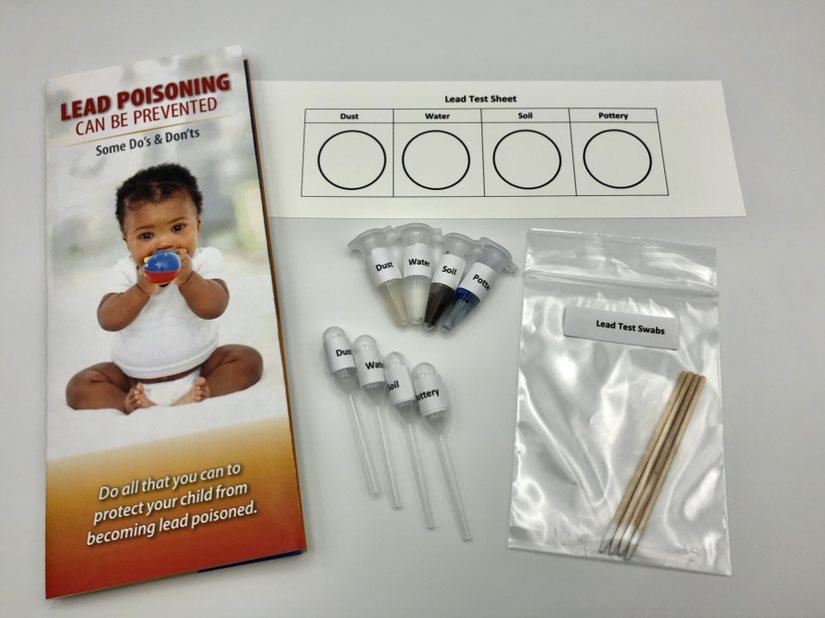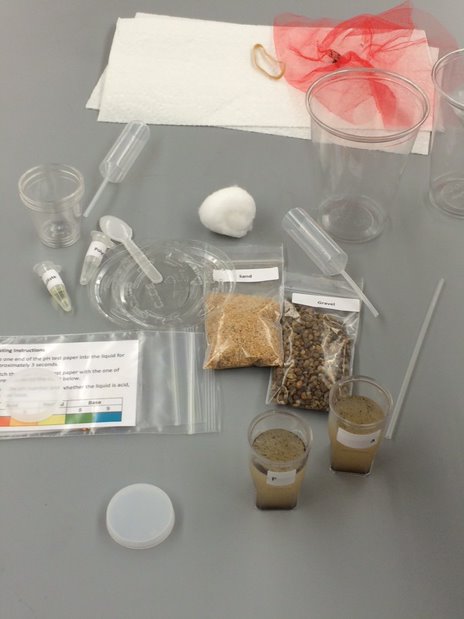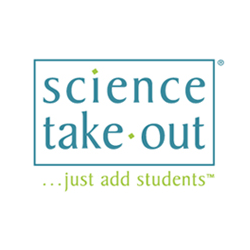 For high schoolers without access to lab equipment, science classes can sometimes just be textbook reading or “theoretical” experiments; and for science teachers without a formal science background, designing experiments can be challenging. But what if students could be given everything they need for an educational, relevant science experiment in one convenient package?
For high schoolers without access to lab equipment, science classes can sometimes just be textbook reading or “theoretical” experiments; and for science teachers without a formal science background, designing experiments can be challenging. But what if students could be given everything they need for an educational, relevant science experiment in one convenient package?
Science Takeout makes pre-packaged, all-inclusive science experiment kits that do not require any special lab equipment. The vast and varied catalog of kits includes more traditional experiments (“Cell Membranes: Diffusion and Osmosis”), along with medical and biological mysteries (“Flower Forensics: Has a rare black orchid been illegally cloned?”), and experiments that relate to topical public health concerns (“Is Climate Change Making Us Sick?”).
The founder of Science Takeout, Professor Dina Markowitz, is also the Director of the University of Rochester's Life Sciences Learning Center, where she develops and coordinates outreach and educational programs for the public. It was here that she and her team first created Science Takeout. The idea was simple: instead of hauling around tubs of lab equipment to schools and workshops, Markowitz developed smaller, more portable experiment sets that could be given to students in small groups.
Everything a student needs for the experiment is packed into a nine-inch by twelve-inch Ziploc bag. Teachers can buy a bag for every student or split the students into groups; then, once the experiments are done, Science Takeout provides equipment “refills” for every experiment, so the kits can be reused year after year.
All of our kits use some sort of story or scenario that’s tied to real life science
Science Takeout was awarded a Phase I Small Business Innovative Research (SBIR) grant from NIH in 2009. Markowitz says the grant “gave us the funding to hire curriculum writers, to pay teachers to do pilot testing of the kits, and to go to science education conferences and present the kits; it gave us money to pay stipends for teachers who wanted to hold their own workshops, and money to provide the kits for the workshop. It really allowed the company to grow much more dramatically.” The company has received numerous SBIR and STTR grants since.
In the years since its founding, Science Takeout has sold tens of thousands of kits in all 50 US states and several other countries. What makes Science Takeout different is the connection to real issues that students care about.

“All of our kits use some sort of story or scenario that’s tied to real life science,” Markowitz says, “real life research. Many of our kits are based on research that's being done at the University of Rochester, or other NIH-funded institutions.”
The upcoming set of Science Takeout kits are based on very current public health problems: the environmental health effects of vaping, the mysterious deaths of sea otters off of the California coast, and antibiotic-resistant genes in the water from water treatment plants. The vaping kits are funded by a phase I STTR grant from the NIH National Institute of Environmental Health Sciences, while the others are funded by a phase II SBIR grant from the NIH National Institute of General Medical Sciences. All of the kits are developed through collaboration with the University of Rochester.
The Life Sciences Learning Center at the University of Rochester is also funded by an NIH Science Education Partnership award (SEPA). “Our SEPA grant program officer happens to also be the program officer for some of our SBIR grants,” Markowitz says. “So the ideas for the kits sometimes float back and forth from our SEPA grants at the University of Rochester, to the SBIR and company that's funded by other NIH grants. I think we have a really unique thing going where we can leverage both types of grants, and work back and forth between the company and the University.”







